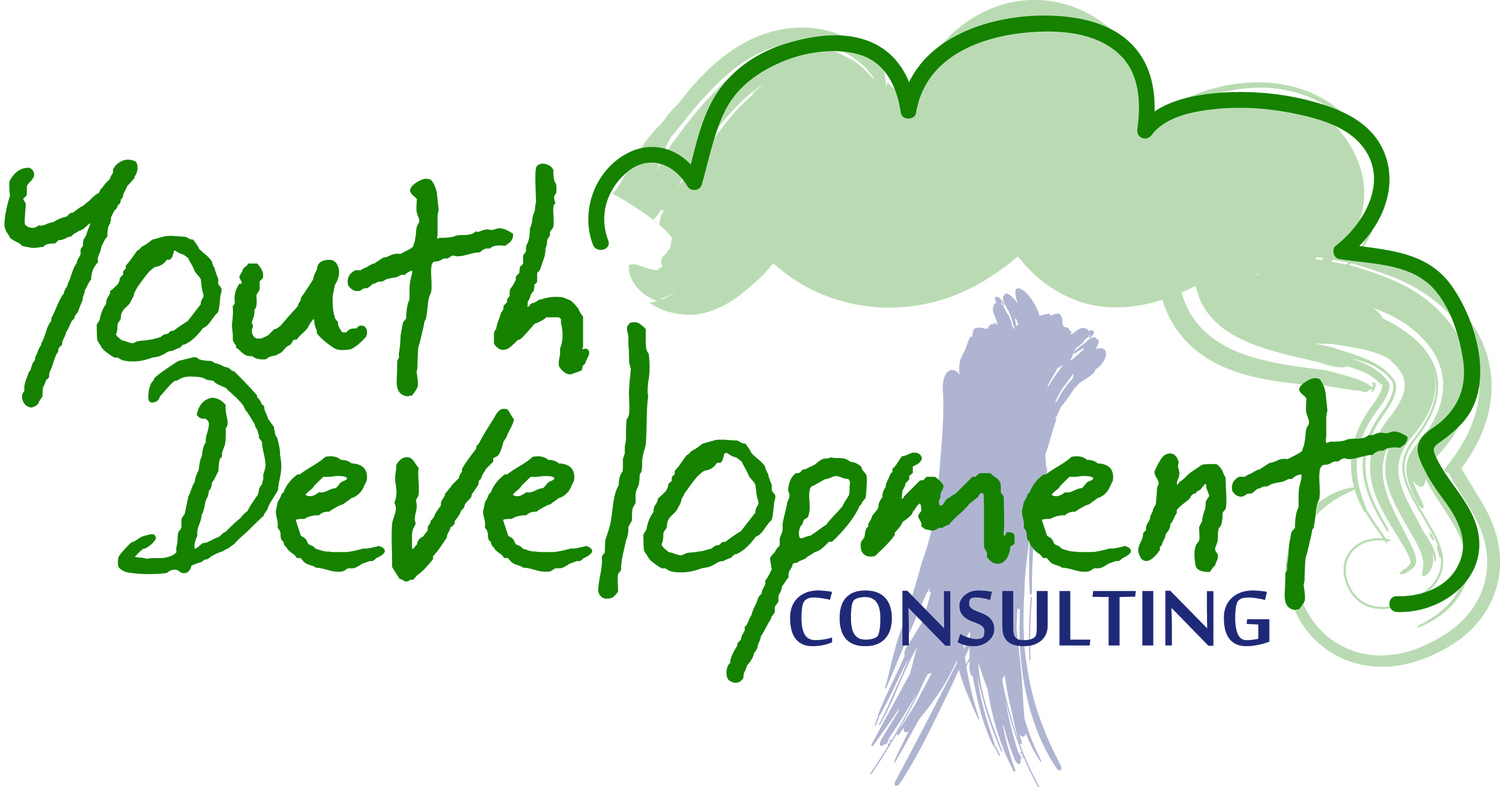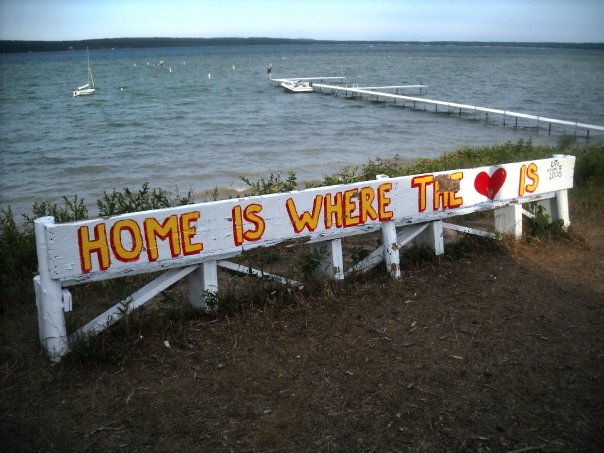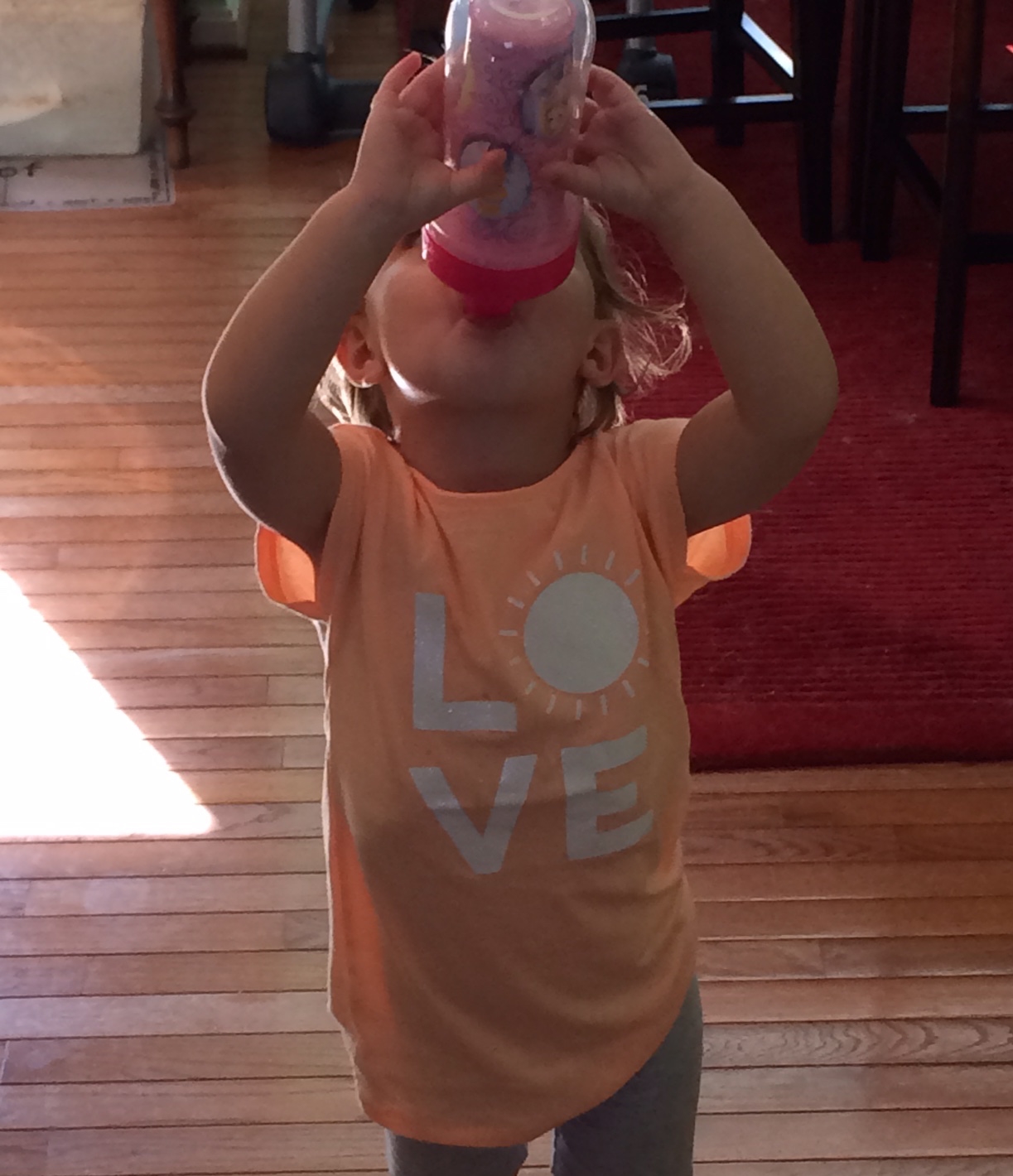Where's the bully? - Part 2
/Recognizing Subtle Bullying
Bullying is an aggressive act meant to keep other people down. So, to start, let’s look at two major types of aggression: physical and relational. Physical aggression, like pushing while waiting in line for drills, hazing in a locker room, or intimidation on the playground, is easier to recognize and stop immediately. The second type—relational aggression, (meant to lessen social status)—can be easy to miss. This type of aggression allows some bullies to remain hidden in plain sight.
Perhaps the most common forms of relational aggression are teasing and name-calling in a playful, “just kidding” manner. You might be surprised at how frequently this type of behavior is tolerated and even condoned by adults under the guise of “boys will be boys” or “that’s just how girls are.” A playful verbal jab at a basketball game, such as “Were you actually aiming for the basket?” might seem harmless. However, when one or two individuals are frequent targets, what appears on the surface as good-natured teasing can quickly become bullying. If the comment above is made to a competent player who just launched a half-court shot, then it’s funny. If the remark is directed at a player who is struggling to make shots and the jab is part of a pattern of pointing out deficiencies, then it’s an act of bullying.
A second common form of relational aggression involves limiting the target’s access to group activities, telling inside stories or jokes, or withholding desired resources (the good basketball, the yummy snacks, etc.). This type of aggression becomes bullying when certain individuals are consistently excluded, even in small matters. For example, never being invited to parties or gatherings that most of the class or team attends, or not being told the funny stories that happened there, gives the target the sense of being an outsider.
Presence = Prevention
What else can you do to prevent bullying? Consider the first time a group comes together at a class, practice, or other youth program. What do you typically do? Go over rules? Set boundaries and expectations? Sort the group by position, skill level, or experience? None of these approaches are necessarily wrong, as they do begin to establish a social hierarchy. But a first meeting can be a missed opportunity to define a culture that makes bullying less likely to occur. To avoid this, set up an environment with cooperative instead of competitive goals.
I can hear the groans. But I am not advocating a touchy-feely or everyone-has-to-get-the-same-trophy-for-everything approach! In fact, I encourage you to recognize and celebrate differences in youngsters’ skills and accomplishments. What I am advocating—and what can stop bullying from ever getting started—is establishing teams, classes, and groups where each individual is necessary to accomplish the major goals of the group. It’s a “we all sink, or we all swim” mentality that is rare in today’s world.
What I'm suggesting cannot be reduced to a single prescriptive set of instructions. It takes time and skill for adult leaders to know every member of the group well enough to tap their individual talents or skills. For example, the more skilled participants can mentor and coach those who are less experienced. Encourage the novice members of a group to demonstrate persistence and effort. Seek out the better communicators and ask them to monitor how the group interacts. Finally, use the most competitive participants to help inspire and motivate the entire group. If the group’s goal is that everyone needs to help their teammates improve, and that each player is responsible to ensure others have fun, then there won’t be a place for bullies.
If your program's culture is competitive, my proposed solution to hidden bullying will be new and challenging. But what organization doesn’t want to diminish relational aggression, boost fun, and increase return rates? Once staff members are trained to identify and deal with hidden bullying, you’ll be surprised by how much enjoyment, growth, and confidence participants will experience.
Where's the bully? - Part 1
/If you’ve spent any time watching TV, reading a newspaper or magazine, or talking to colleagues who work with kids, the topic of bullies has surely come up. Among the important issues to address:
- How to recognize and respond to bullies in a program.
- How to eliminate the likelihood that bullying will occur in the first place.
The answers might surprise you. To begin, the term “bully” refers to more than the stereotypical brute who pushes, punches, and relentlessly insults victims. That type of bully stands out. Plus, most youth programs have rules and procedures to address this situation. The bullies who are a real danger to participants are more subtle and skilled. They are often viewed by adults as “good kids” who are well-liked and don’t cause trouble. It’s these less-obvious, or “hidden” bullies (as my psychologist wife labels them), who have the power to inflict more sustained and damaging torment unless adults are prepared to recognize and respond to this insidious behavior.
So, how do you find and thwart a hidden bully? First, recognize where and when bullies are already at work in programs. Second, understand the subtle ways bullies harm their targets. Finally—and perhaps most importantly—think about how to prevent opportunities for covert bullying.
Hidden Bullies
Whenever new groups are formed at the start of a season, school year, or camp, social hierarchies are established. This ordering process is as old as human existence, but its prevalence doesn’t always make it healthy. Establishing social hierarchies can fuel significant conflicts among group members. Conflict is not necessarily bad if it is kept in check. Indeed, conflict resolution is an important life skill. However, opportunities for bullying arise when one or two kids wind up at or near the bottom of the social hierarchy and then become targets. And it’s the individual or group that is unsure about maintaining their top-shelf status—or who perhaps have been bullied themselves in other settings—who are the likely perpetrators.
Unfortunately, sometimes the adult group leader or coach lets down his or her guard right after hierarchies have been formed or a conflict has been resolved. At this point, the adult may believe the group members have worked themselves out of any initial awkwardness in the getting-to-know-you phase. By blindly trusting the supposed stability and security of the group, the leader may become complicit in allowing the bullying to begin.
For example, after the first couple of weeks of swim practice at the municipal pool, the coach may turn his or her attention to individual skill development, spending less time with the group. This can inadvertently give bullies the opportunity to act. The best tool to guard against this happening is to establish relationships with every participant so each child feels comfortable coming to you if issues arise. Additionally, checking in with the larger group, ideally at different times, limits a bully’s window of opportunity.
Speak up? - Part 2
/The Grey Area
In the real world of youth programming, situations are rarely as cut and dried as the previous examples. At first glance, the potential for harm may not be apparent, and it demands waiting and observing to see if children are working on resolving a dispute, or if the situation is escalating to a point where intervention is necessary. So, without some clarity, what should be the driving force that determines if and how to correct, discipline, or redirect someone else’s child?
The first factor to consider is the age/status gap between the children. As a general rule, I believe the greater the power/age differential, the more appropriate it is to intervene on behalf of the less powerful/less dominant child. For example, if I am at the playground and witness a 12-year-old taking a ball from a 7-year-old (assuming no other adult is supervising the immediate area affiliated with either child), I wouldn’t have a problem asking the older child to return the ball. On the other hand, if another 7-year-old is trying to take the ball, I’m not sure I would intervene unless there are other factors that would made me think someone might get hurt.
Another factor to consider is how any intervention would be received by the children and other adult observers (including those who learn of the occurrence after the fact). Ultimately, this can boil down to word choice, tone, or body language. A good standard to maintain is not to do/say anything to someone else’s child that you would not do in front of that child’s parent. By maintaining that standard, you are more likely to avoid doing or saying anything that could be interpreted as hostile or threatening to a child.
A third consideration is another adult being present whose role is to create and enforce group-behavior guidelines. Is a coach present with a team? Is an instructor present with a class? If such an adult is present, ask why he or she isn’t intervening. Maybe the coach or instructor has a better understanding of the group dynamic or is purposely trying to let the children resolve the issue. Perhaps they missed seeing the event and it would be more appropriate to tell them what you saw. Or they did see exactly what you saw, but knowing the participants and the bigger picture, they choose to let it go and focus their efforts on other “battles.” In any of these cases, the concerned adult must weigh the options of intervening, instigating a conversation with the responsible adult, or just continuing to observe.
The final consideration I want to address is how any potential intervention might be interpreted by the child. In many situations, the child who appears to be the victim or “loser” in a dispute might prefer that outcome to having an adult (especially someone else’s parent) interfere. If the child does not seem overly troubled by the situation or outcome, it may be better for the adult to withdraw.
So, when is it OK for adults to step in and correct or discipline other people’s children?
This is truly a dilemma in which every situation is different. That said, by sharing some of what I see as key drivers of the decision to speak or not to speak, I hope I have helped you start a conversation among staff members and ultimately with the parents you serve. By having an open dialogue and coming to a consensus, you can take the first important step in establishing a collaborative community environment in all of your programs, and hopefully reduce the number of potential parent/child disciplinary encounters.
Speak up?
/My wife and I had a conversation just the other day about when it’s OK to intervene when another child is aggressive or tries to take something from our daughter. Both of us have a Ph.D. in education and have worked extensively with children, yet we found the issue to be a challenging dilemma. First, we had to consider the message we would be sending to our daughter about her ability to advocate for herself. Second, we were concerned with what the other child’s parents (or teacher), or other adult observers might think if we intervened. Would it be better to tell the adult responsible for the environment or situation (teacher, coach, etc.), or to just act on our daughter’s behalf?
As I write this column, I am not going to pretend I have all of the answers. However, given the amount of time that youth staff members spend interacting with parents and children, the question of how and when to allow a parent to speak to someone else’s child is worth exploring. Before you read my take, I want to stress that these are conversations that must be discussed internally as a staff team, and whatever expectations you have must be communicated, modeled, and enforced consistently across youth programs.
When It’s An Obligation
The one obvious time it is OK and really an ethical responsibility to speak up and/or intervene is a risk of physical or emotional harm. The former situation is easier to identify than the latter. If a child is preparing to do anything that might cause bodily harm to himself or herself or someone else, you should act. There are two caveats:
- By acting, you do not put yourself in harm’s way.
- By acting, you are not causing any harm.
The potential for significant emotional harm is not always as easy to recognize as the potential for physical harm. Unkind words are never easy to hear, especially when directed at your own child. That said, isolated instances or occurrences generally do not predict long-term harm (keeping in mind that each child and situation is unique). What is immediately worrisome and might likely warrant a timely intervention is observing a pattern of exclusion or demeaning (bullying) behavior, or a group of children targeting an individual. In either case, stepping in to stop a negative action and then notifying the responsible coach/instructor/teacher may be appropriate.
It’s Not The Time Or Place
The flip side of the obligation scenarios is the time when parents need to stay out of the picture. Asking a parent to remove himself or herself from a situation is never easy to do, but at times it is necessary, but advice on how to have those types of conversations is a topic for another day. Simply put, parents (and any adult really) need to stay out of situations when the children are working through a conflict/dispute in an appropriate manner. To be clear, it is OK to step in if the children are working the matter out in a manner other than what the adult would choose, or if the outcome the young people arrive at is not what the “grown-up” believes is fair or just. Youth need to have the opportunity to practice standing up for themselves and working through confrontation and conflict. Not only does intervention from adults deny them the opportunity to build those skills, but also can be a source of embarrassment for the children of the intervening parent(s).










